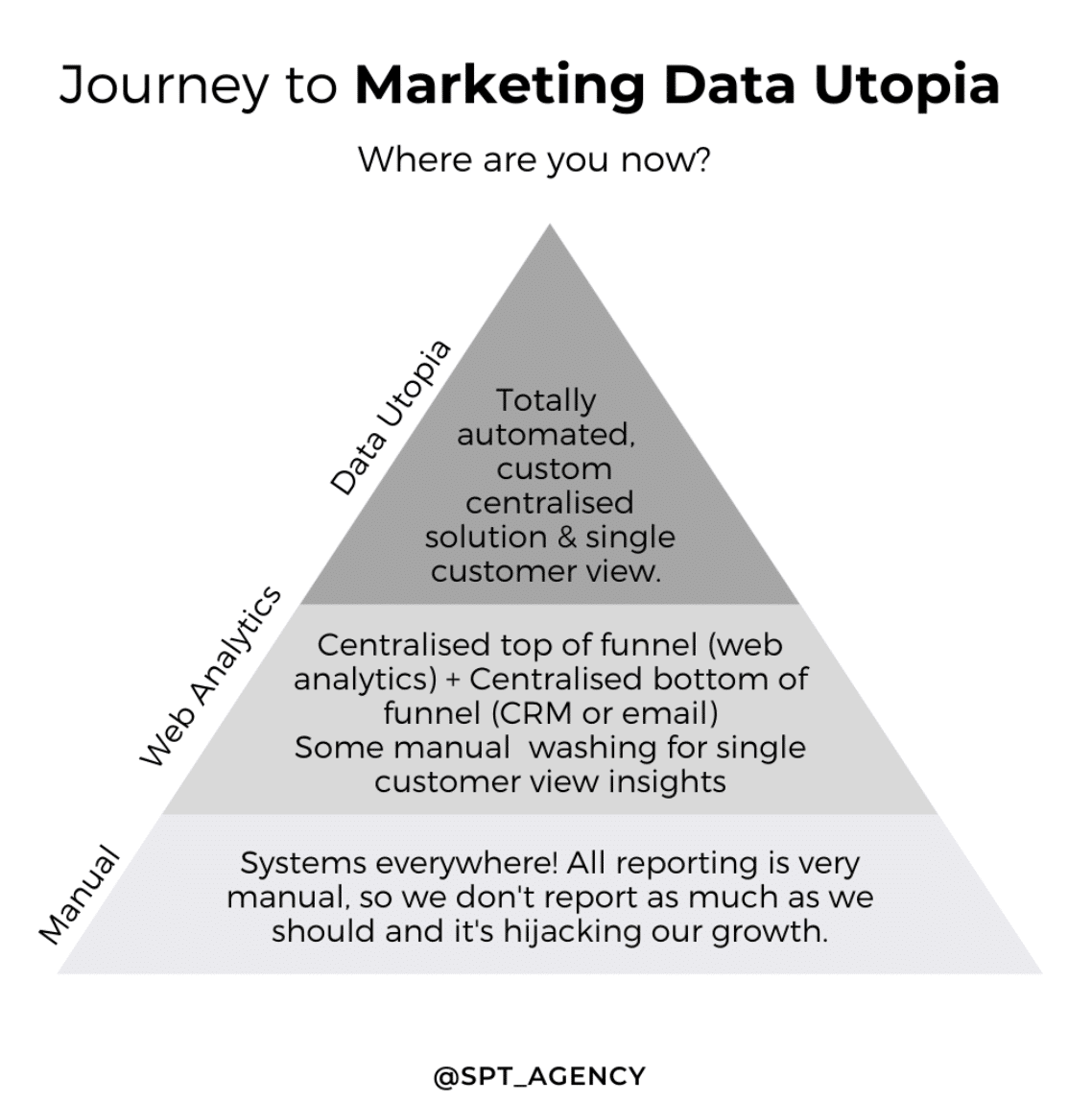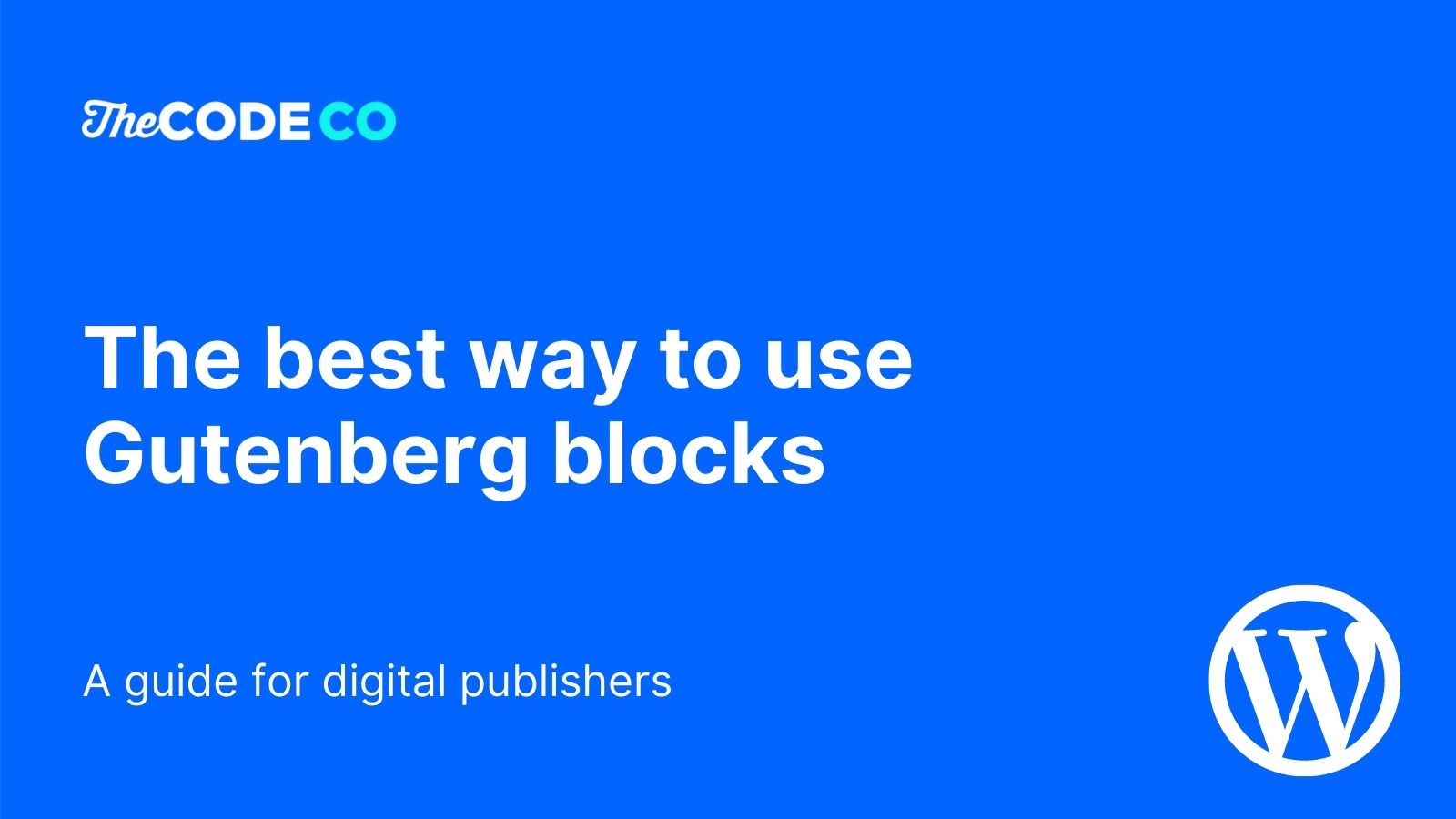
How to increase publishing revenue through better audience data
If you’re like most online publishers, your world typically revolves around these three questions:
- How do I increase website traffic?
- How can I better understand my audience?
- How can I generate more revenue?
What’s interesting is that all of these questions are inextricably linked. Without connection, you won’t know your audience well enough to extract insight. Which means you won’t have the data you need to attract the best advertisers.
And while focusing on SEO is always a healthy endeavour, it’s highly likely that you’re missing out on some key opportunities to monetise your existing audience.
What are your readers telling you?
All successful relationships are based on understanding and trust. Even digital relationships. While you may view your audience in terms of numbers on a spreadsheet, behind those numbers are human beings. With real-life challenges and real-life opinions. It is these human insights that ultimately contribute to your bottom line.
So what is your audience telling you? And how can you use this information to create new marketing opportunities for existing and prospective clients?
This kind of insight is no longer a ‘nice to have’. In the not-too-distant future, publishing businesses will be heavily valued based on their ability to manage and leverage their data.
The data challenges of SaaS publishing platforms
If you build a presence using a third-party publishing platform, you are essentially renting the space. This is a precarious place to play as you aren’t ever in full control of your future. The abrupt disappearances of Tumblr and Posterous demonstrate just how fragile these platforms can be.
And from a data collection perspective, you’re relying on another business to collect and share insights according to their terms. You have no input into what is tracked and only receive analytics on areas that they deem important.
You’re also at the mercy of their monetisation policies. Third-party publishing platform, Substack were recently quoted in Digiday on the topic of ad funding:
One thing that Substack does promise: no ads, ever. “Any time you’re doing ads, it’s all about the lowest common denominator of engagement: clicks,”
Substack co-founder Chris Best. Source: How Substack has spawned a new class of newsletter entrepreneurs
This quote demonstrates the inherent problem with these types of platforms: Even if you want to run an ad, you can’t. It is also a bold oversimplification. Publishers still have one of the strongest standings with readers to sell accurate, effective advertisements.
Where Substack does get it right is in its description of ‘the lowest common denominator’. It’s true that adverts with single digit CPMs are ineffective.
But what if you had rich, meaningful data that enabled you to sell an audience rather than just an ad?
Our advice to online publishers is always to own everything. Whenever possible, own your own platform, your own content, your own data. Open source tools like WordPress provide the greatest freedom and the biggest opportunities.
These sentiments are echoed by Kate Cook, Director and Marketing Intelligence Consultant at SPT Agency;
“When we’re first launching a startup or still validating a new idea, it’s tempting to choose an off the shelf, third-party solution in the hope that this will free up valuable cash needed to get our businesses off the ground. What we need to weigh up though is the opportunity cost of not only tying up our budget in “rented” channels, but in potentially losing all the historical data we could have collected if we owned our platform.”
Kate Cook, SPT Agency
Are you sitting on a goldmine of data?
As an online publisher, you have an enviable advantage that few other businesses can claim: audience connection and long-term insight. Publications are essentially communities that are used habitually by audiences to reinforce their sense of identity. Just think of how often a loyal reader visits their regular news site over the years.
When audiences feel this connected to your brand, they are far more likely to share information.
So what do we mean by sharing information?
While sending your readers to a long-winded survey might yield a lot of data, it’s a quick way to turn people off.
There are far smarter ways to operate:
How to collect data at every touchpoint
- It all starts with an email address.
This yet again relates back to the importance of owning everything. You need to own the relationship with your reader. Using social media, browser extensions or third-party distribution channels like Apple News or Facebook Instant Articles don’t give you this ownership.
When users are known and do meaningful things on your site, you should take note. Then build a profile against that user.
- Track categories of content clicked on in newsletters.
A properly configured ESP (email service provider) should let you configure a mechanism that reveals the content categories an individual user clicks on. This should never be used to assume that’s the only area of interest for the reader, but it can help build trends about your audience.
This is a great way to test a new category or complementary vertical and discover its success (or lack thereof) with empirical data. All with minimal effort.
- Require user profiles before commenting.
Niche or speciality publishers have a great advantage over traditional news media: Their audience all have something in common. And that audience normally has strong opinions for the comment section. The Code Company previously ran the (now retired) community site for Australian supermarket giant, Woolworths. This was a first-hand and frequently eye-opening experience of just how much information your average loyalist shopper is willing to reveal.
So before people comment, make sure they’re telling you about themselves, even if it’s not public.
With the “cookiepocolypse” just around the corner, brands can insure themselves against mass advertising disruption by building their own “walled gardens”. This means, by encouraging users to log into a platform we’ve built in order to consume our content. Doing this allows us to continue to capture first-party data for content and topic interests which can be used to segment marketing communications. Even if your business isn’t at the stage where an investment in a fully customised centralised data solution is on the cards, we can all iterate by getting just a little clever and growing as our profit does.
– Kate Cook, SPT Agency
- Steer clear of SurveyMonkey and Google Forms
Siloed research executions are frustratingly common. So many businesses promote large audience surveys, often with a reward or competition prize, in order to increase their segment. These surveys are often executed by different department and normally conducted on a platform like SurveyMonkey. This means all the data becomes trapped in a silo with no additional context for those users.
Surveys require a major resource investment from users, so it’s a no-brainer that all data should be connected and in one place for future use.

How to use data to drive advertising revenue
So once you’ve collected all this data, what are going to do with it?
Attract more clients, hopefully.
And one of the best ways to attract potential clients is via personalisation. Knowing what your readers want and giving it to them.
Publishers have always had to ‘know’ their target audience to some extent. The Woman’s Day magazine isn’t full of motorcycle ads, just as Rugby League Week doesn’t feature many anti-ageing cream ads. But now, with the right technology, it’s possible to gain deep behavioural insight that tells you what audiences are doing over a longer period of time. This enables you to customise your visitors’ experience by providing highly targeting content.
“Behaviorally targeted ads are more than twice as valuable and twice as effective as non-targeted online ads.”
Network Advertising Initiative
When you’re able to offer smart, personalised marketing solutions to clients, you suddenly become a far more attractive prospect.
A silver bullet?
Hardly.
But as third-party cookies go the way of the dodo, more digital publishers will be forced to take a hard look at their business (and their audiences). That can only be a good thing.

